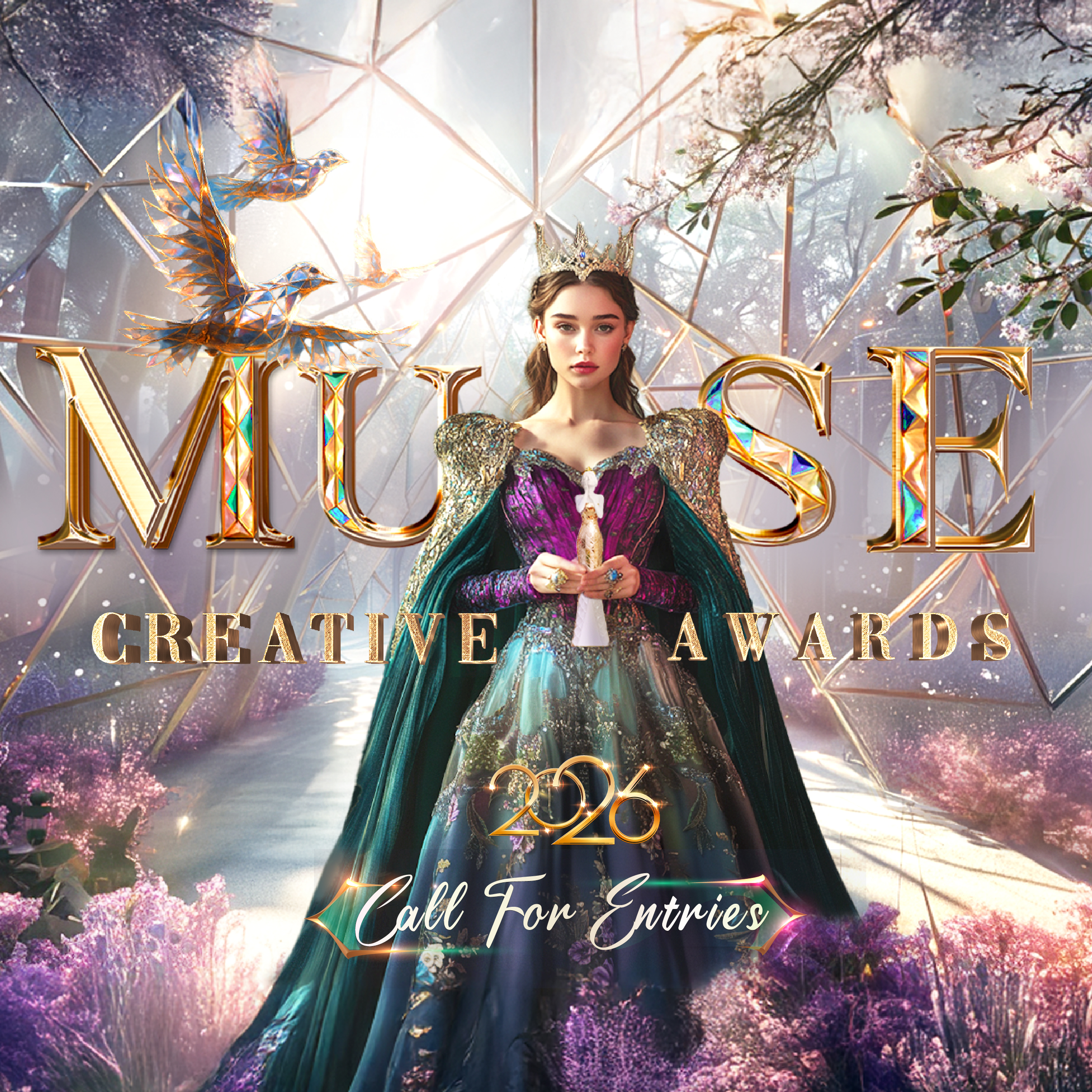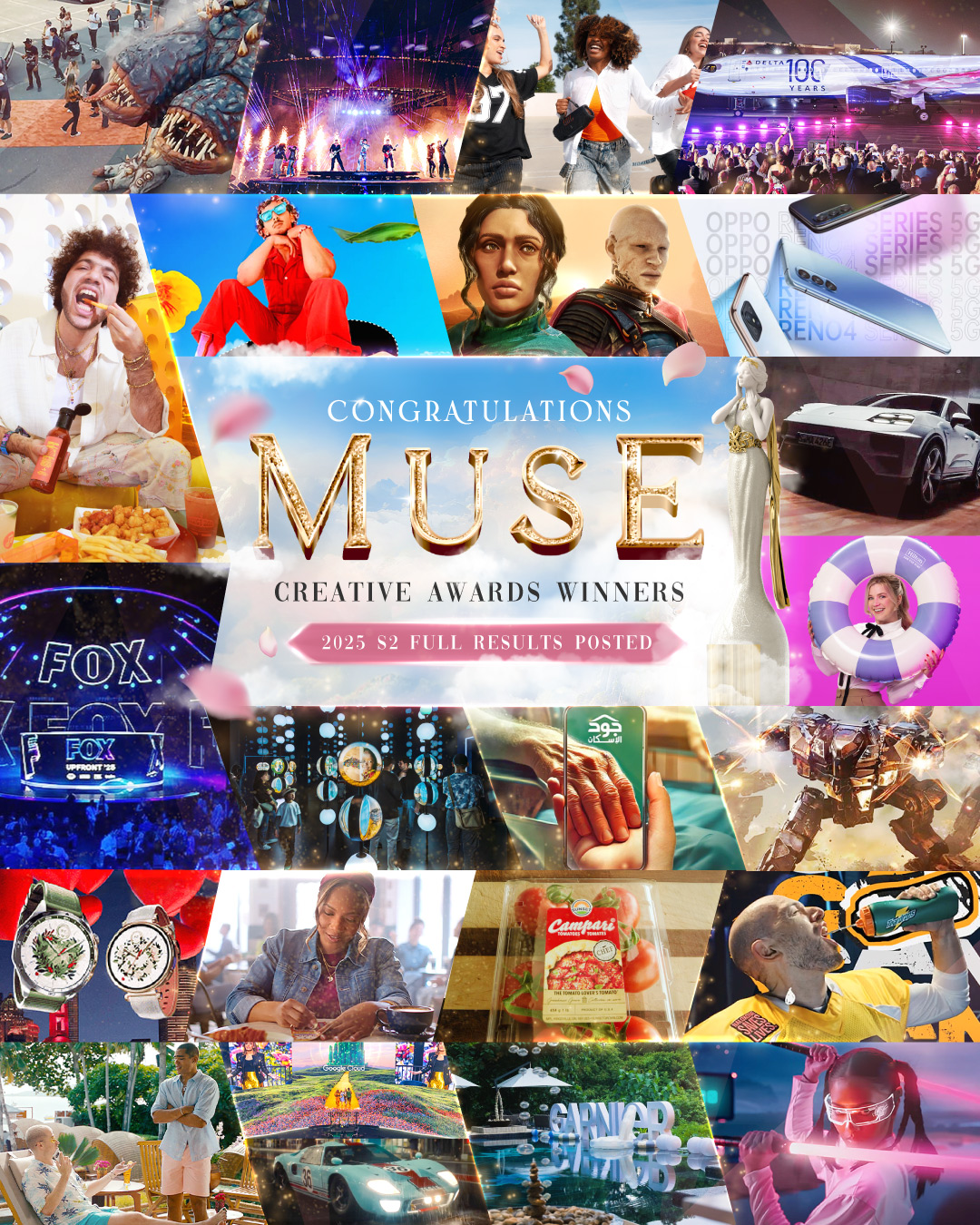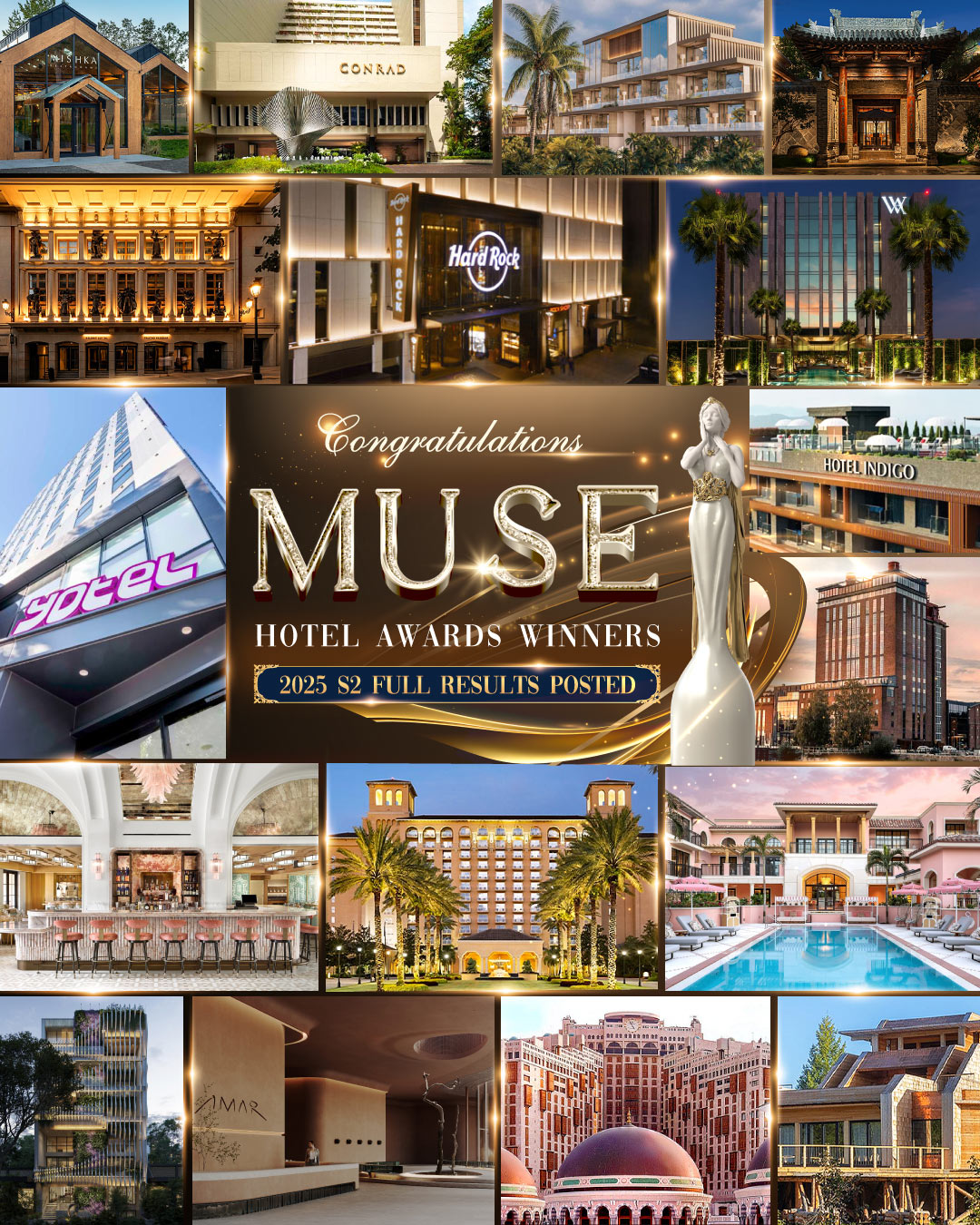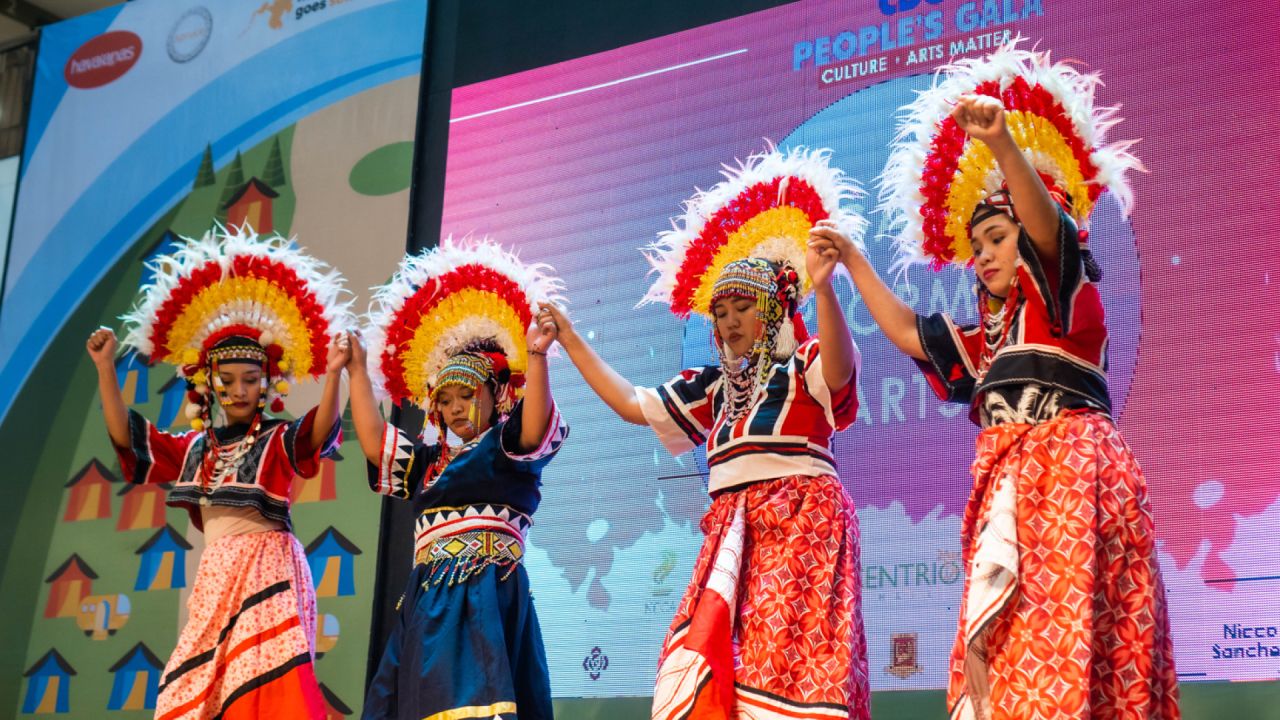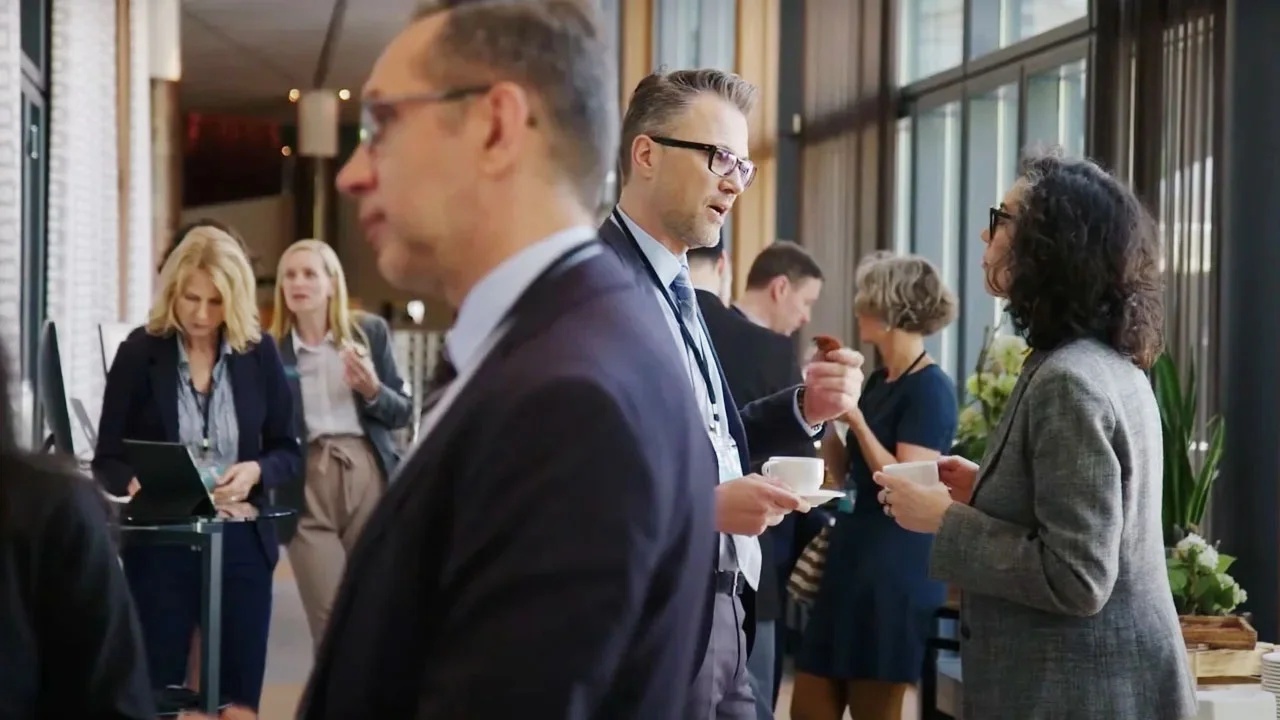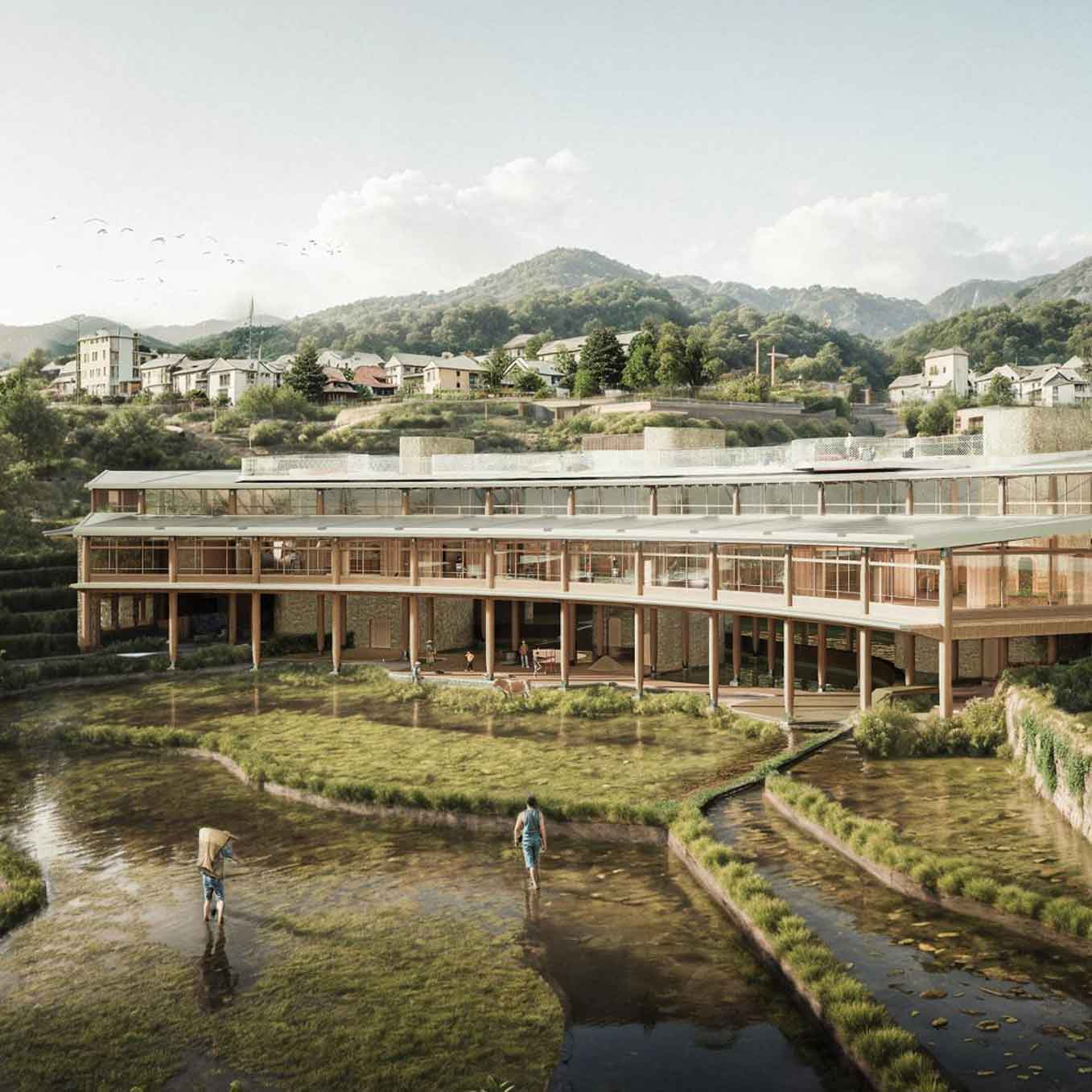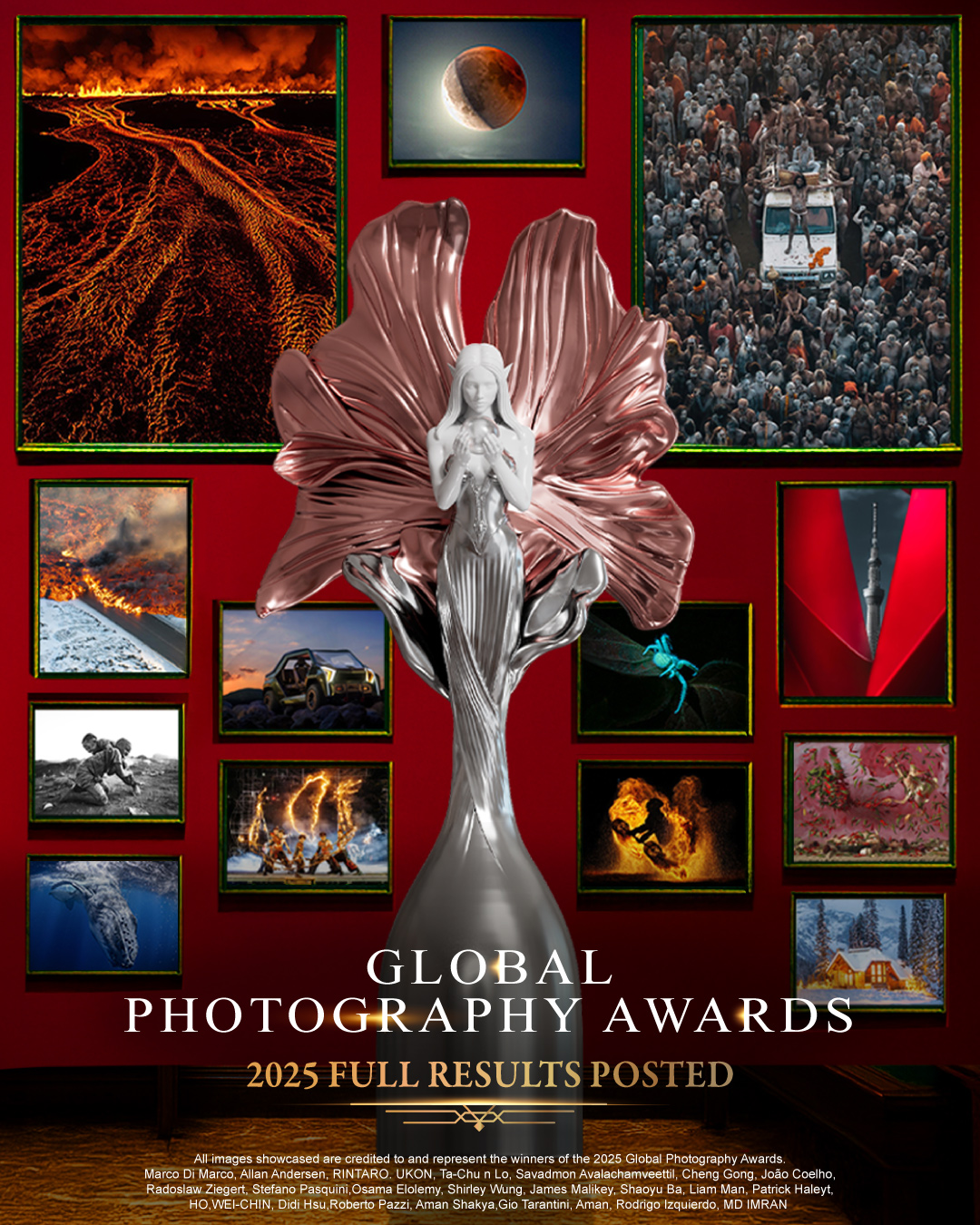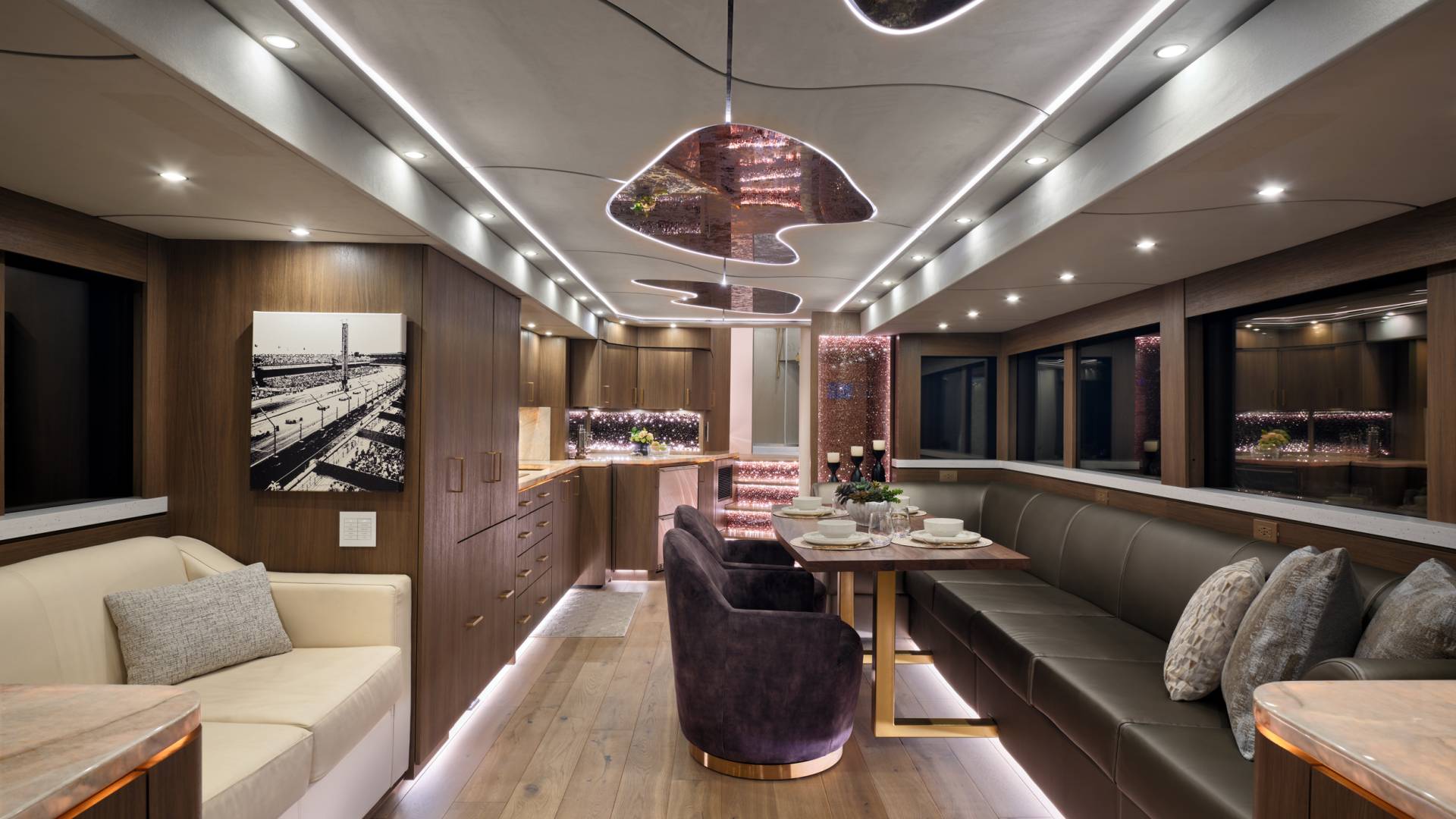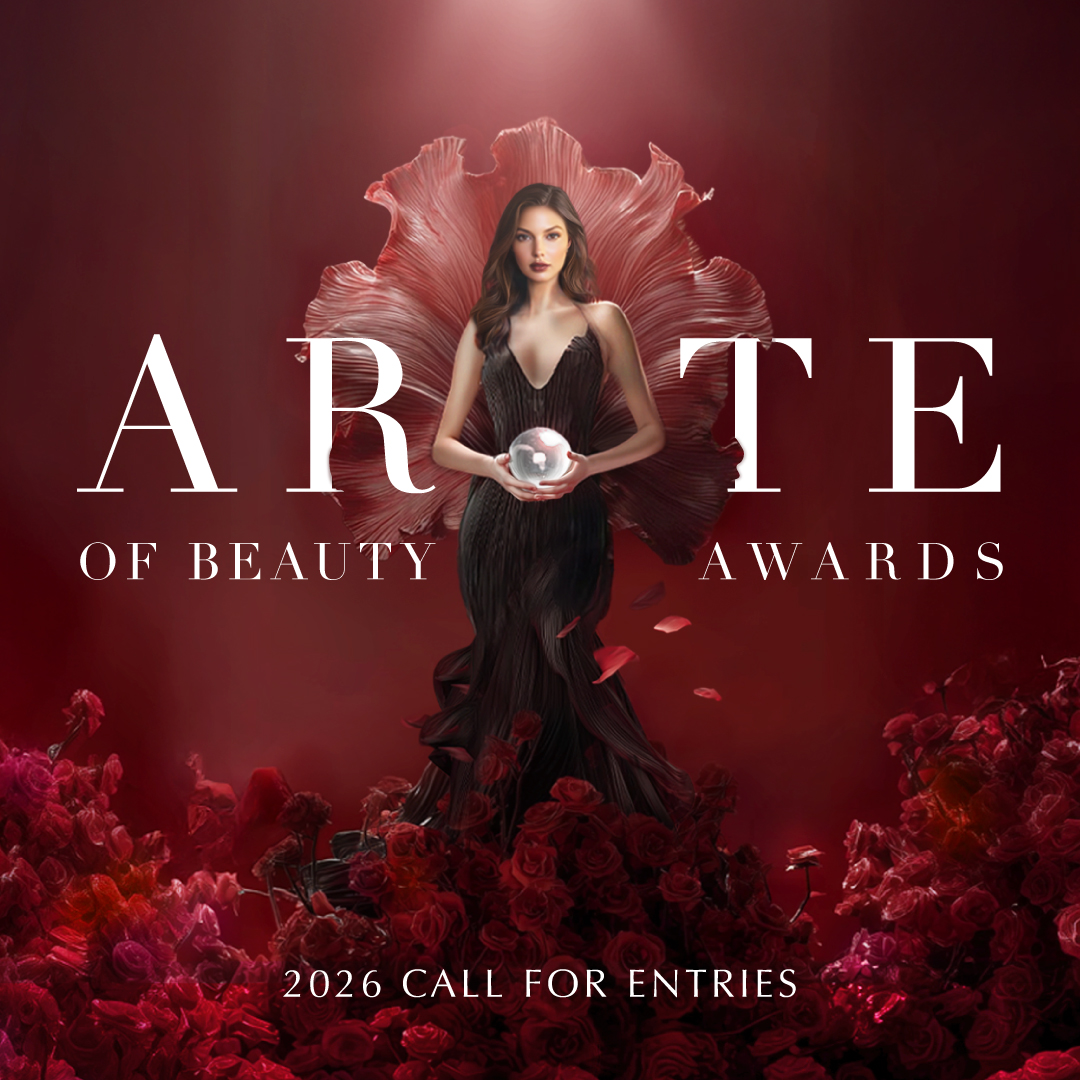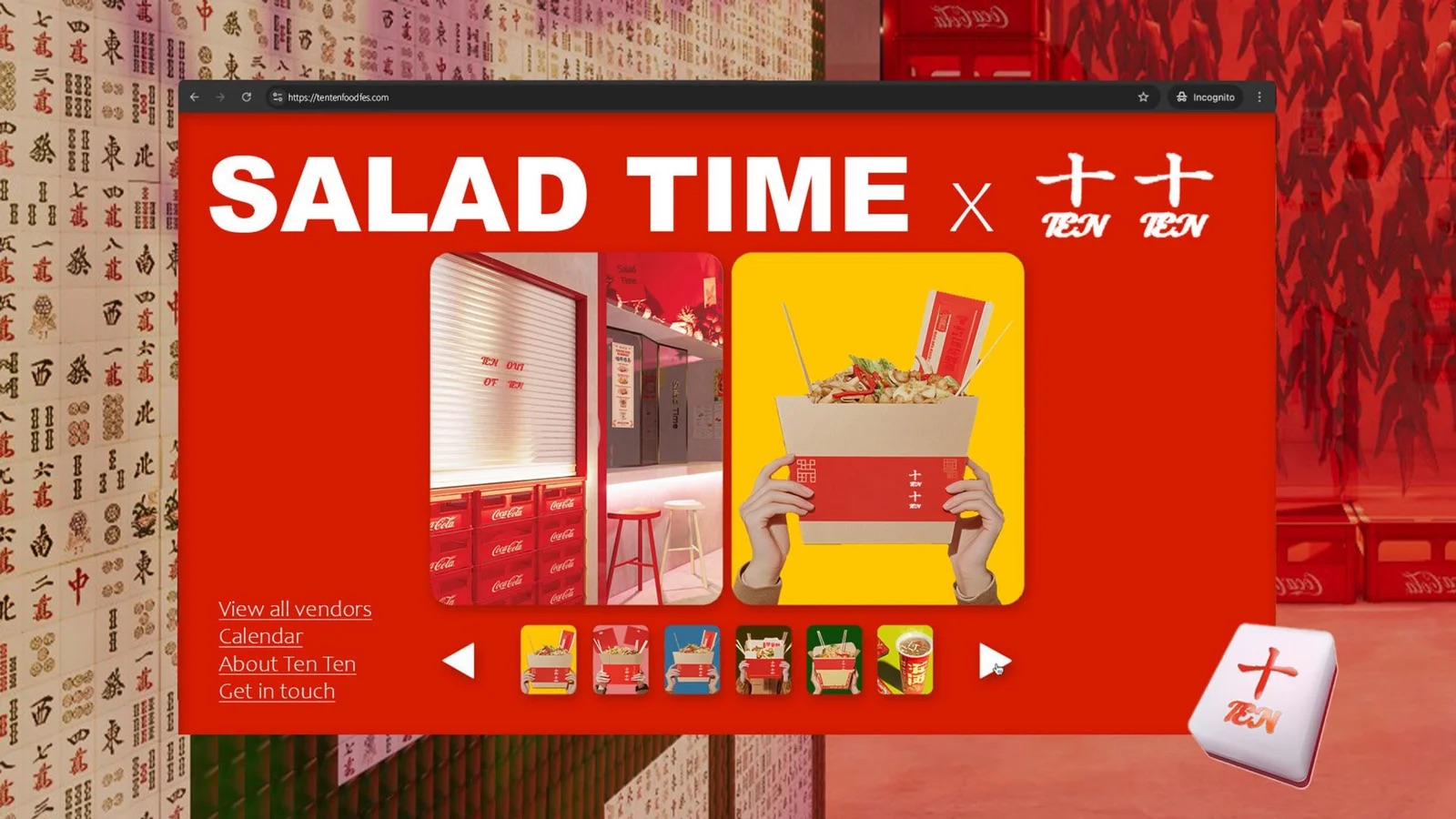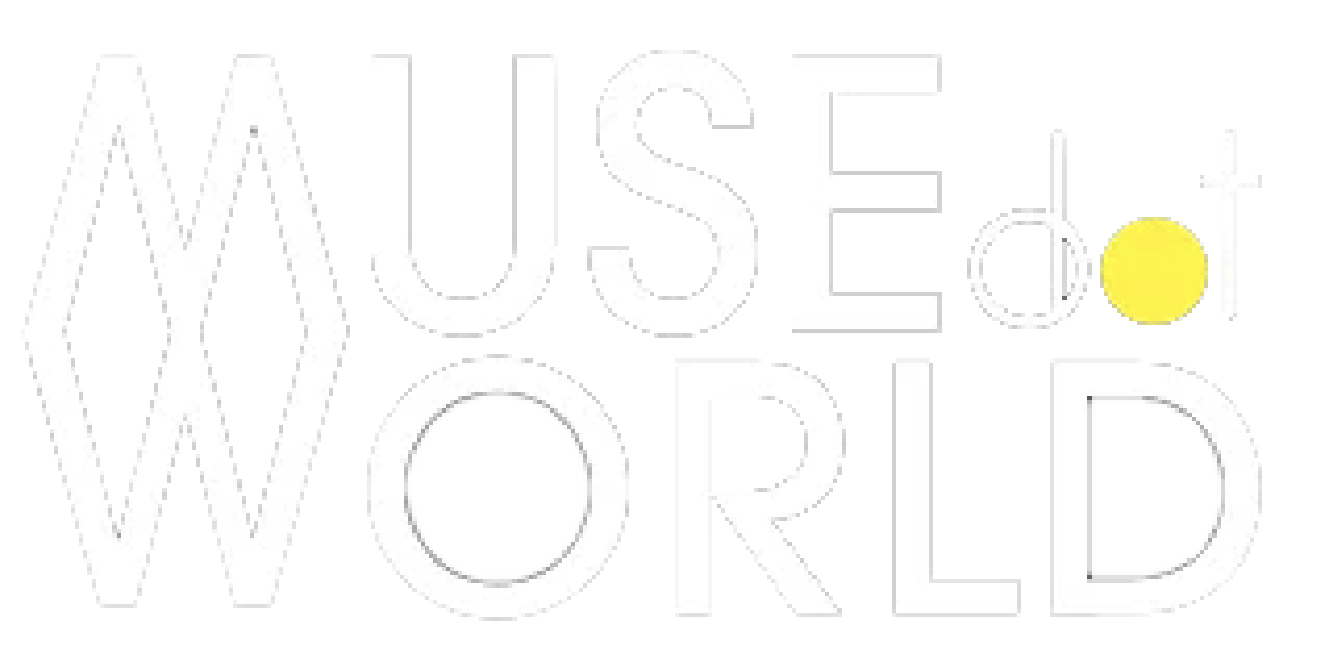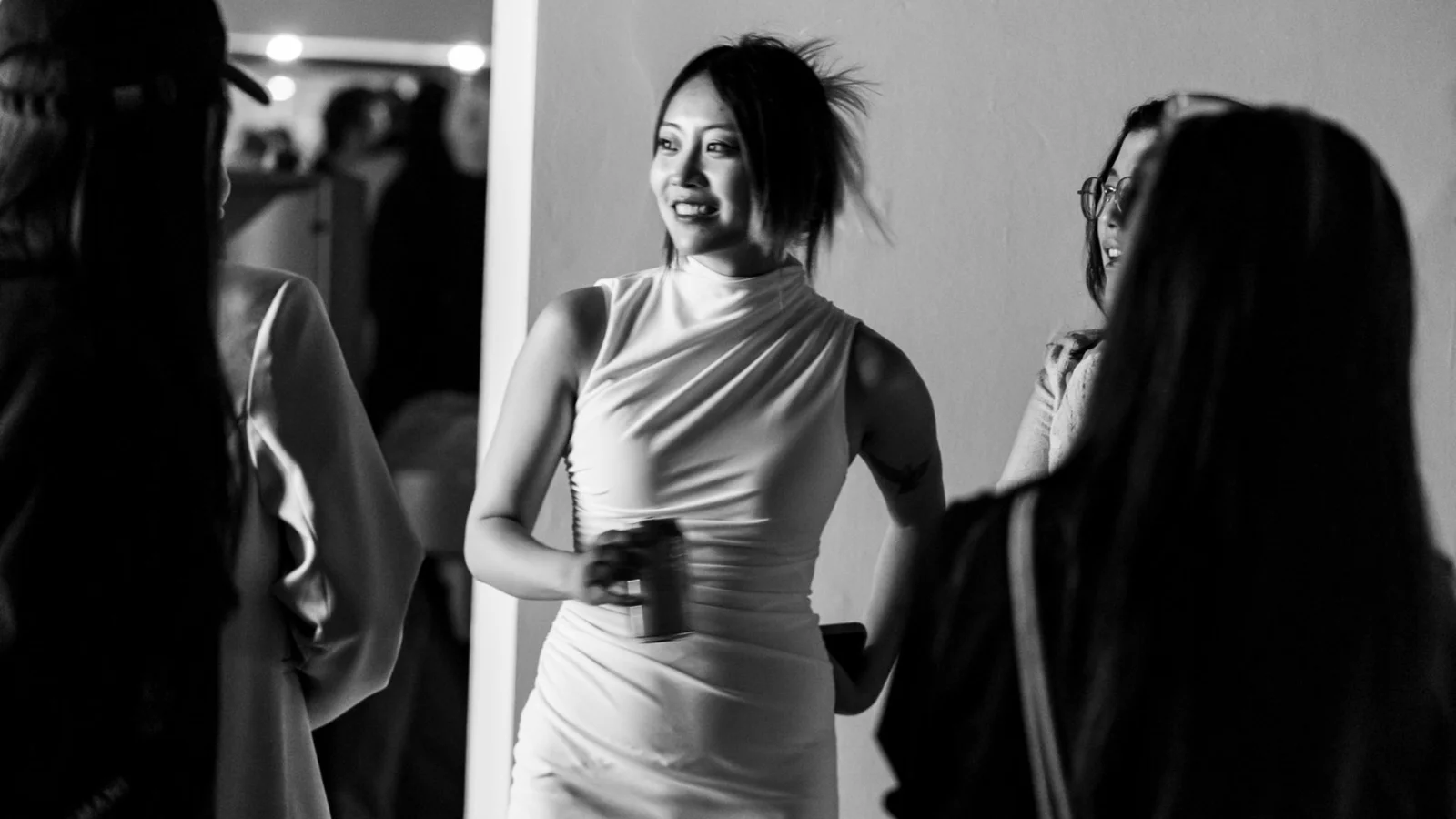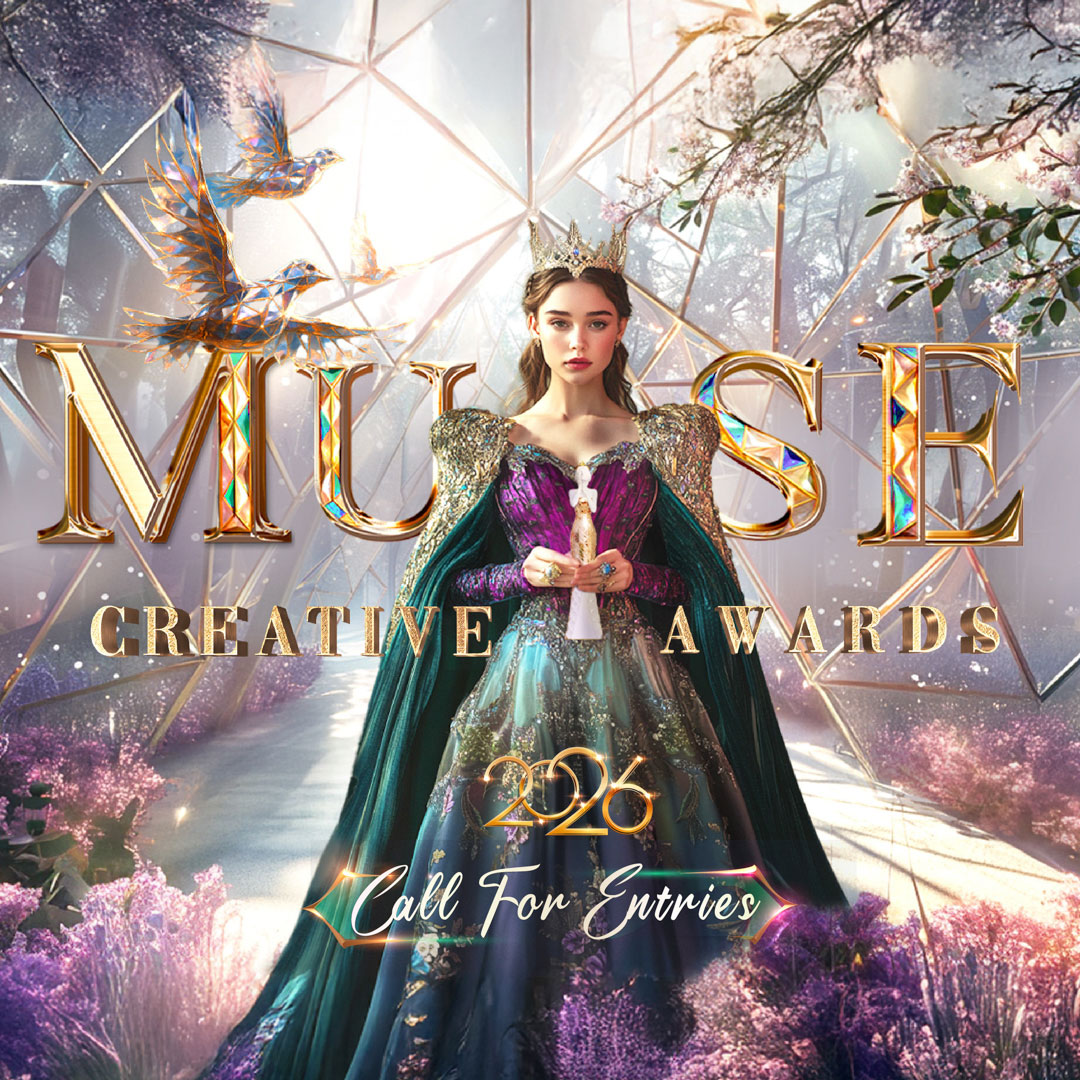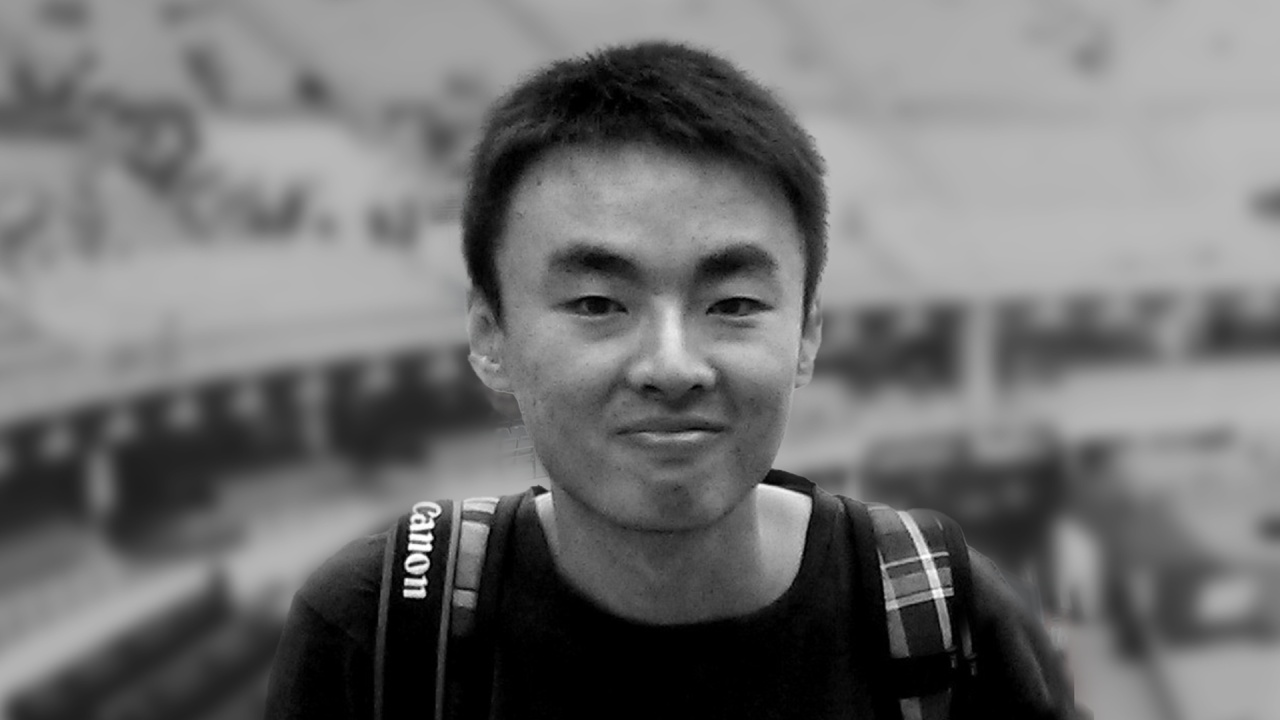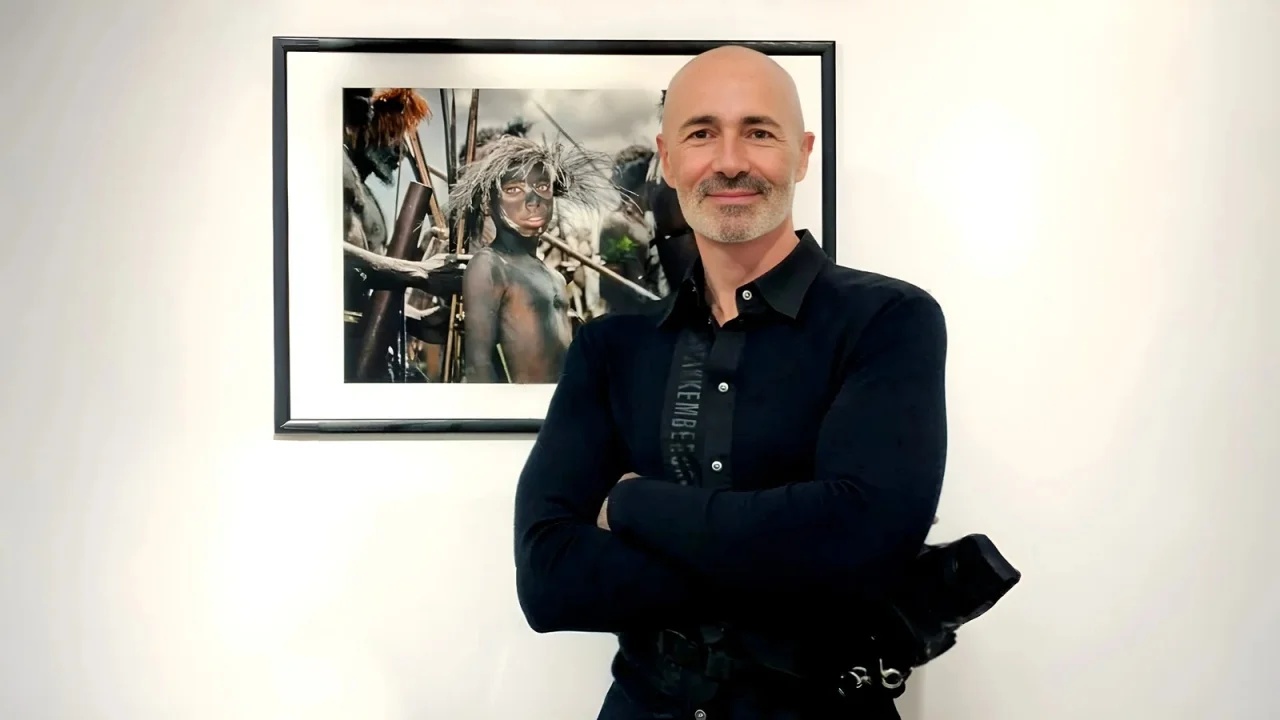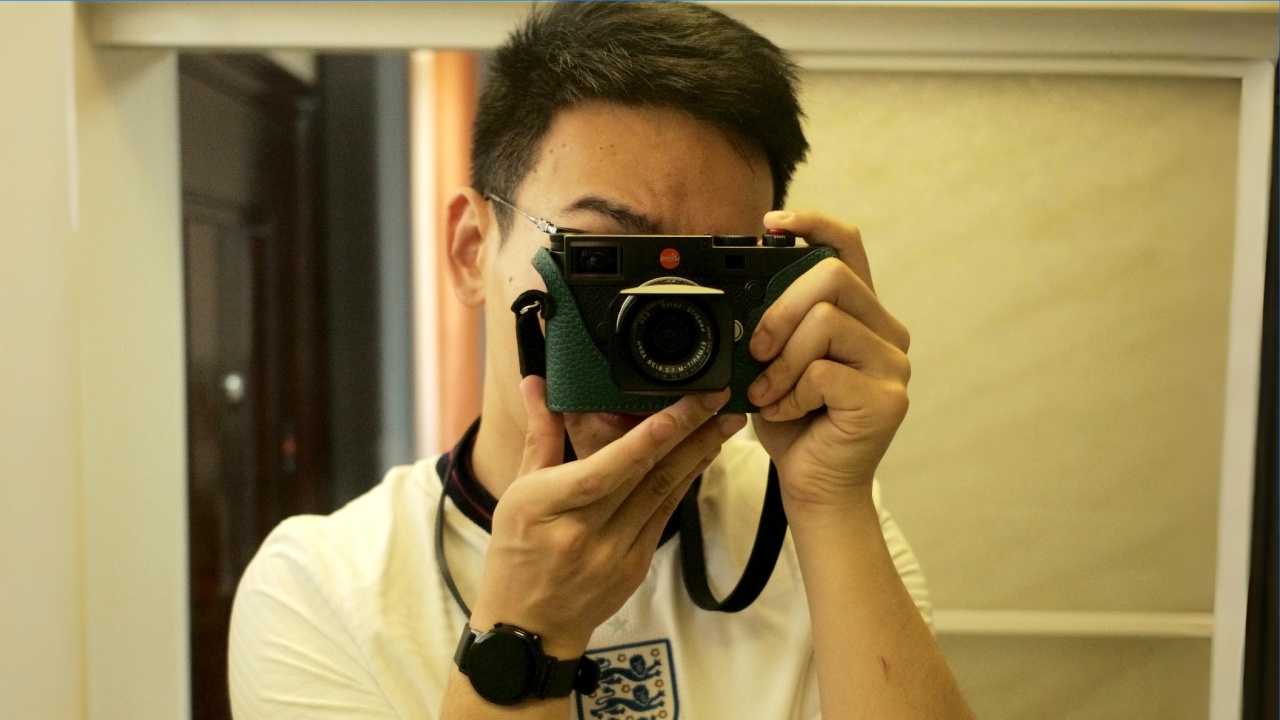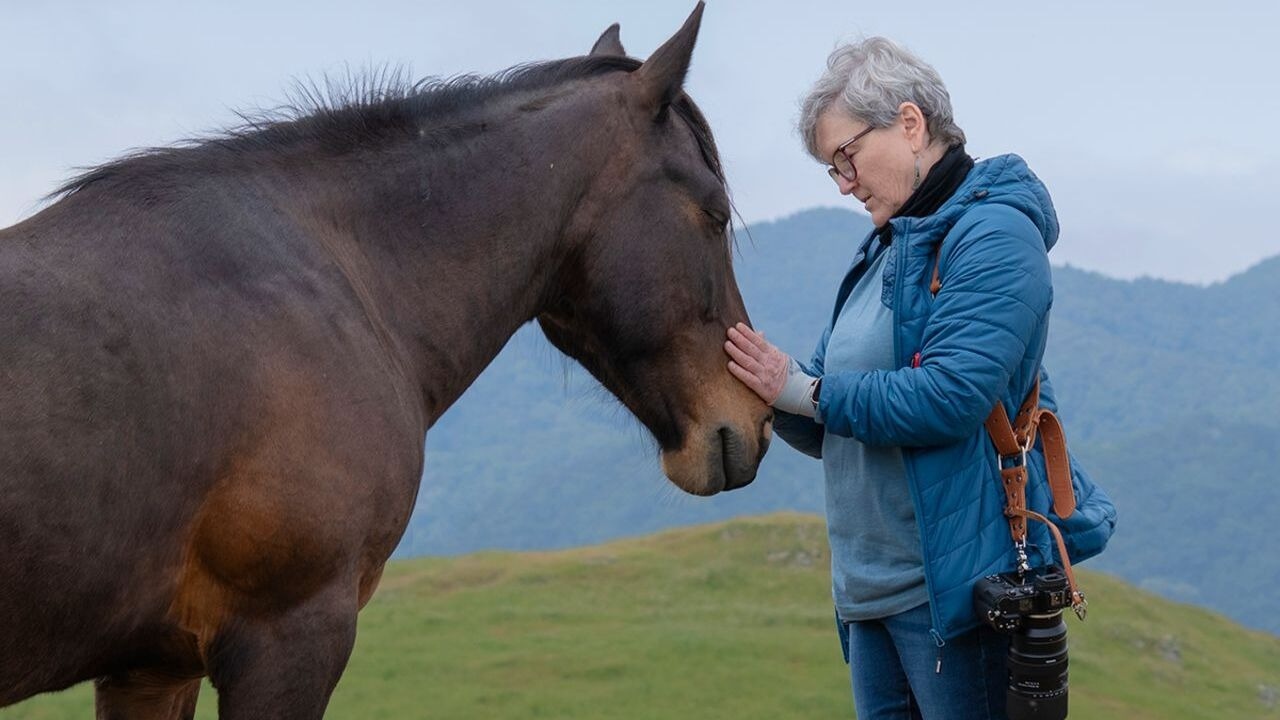Yizhen Li Builds an Immersive World Beyond the Screen
Yizhen Li
An eco-centric new media artist and UX designer based between Hawaiʻi and San Francisco, Yizhen Li creates data-driven experiences that translate environmental signals into immersive, sensory formats. As founder of The Liminal Collective, she leads cross-disciplinary collaborations that merge art, science, and local knowledge into shared practises.
I’m Yizhen Li, an eco‑centric new‑media artist and UX designer currently based between Hawaiʻi and San Francisco. After training in human-centred design, I spent five years creating data‑driven installations and digital products that translate environmental signals into immersive experiences. My practice bridges art, science, and community activism.
Spreadsheets and static infographics don’t shift how people relate to the planet. I wanted to create experiences where the ocean responds, a volcano sends vibrations through a subwoofer, and human bodies become part of an ecosystem's flow. Design gives me the tools to make those encounters.
I founded The Liminal Collective, a studio‑agency dedicated to “infrastructures of reciprocity.” I lead eco‑ethnography, creative coding, and installation direction, partnering with scientists and local stewards to transform field data, community stories, and natural phenomena into shared practises - be that an app, an interactive dinner, or a room that breathes.
Design is choreography: arranging relationships (human ↔ non‑human, digital ↔ material) so that responsibility and wonder circulate.
Relational environments - projects that act more like ecosystems than artefacts. They evolve, listen, and occasionally misbehave; that unpredictability keeps audiences present.
It changes behaviour without demanding obedience, invites care without prescribing guilt, and leaves its host ecosystem healthier than before.
While diving a bleaching reef in Kona, Hawaii, I realised every GoPro clip could be a conservation datapoint - if the system valued it. WaveLens was conceived as underwater infrastructure: nudging divers to document, verifying that input in situ, and feeding it back into collective decision‑making.
Interspecies communication attempts from whale songs to fungal mycelia networks. They remind me that information is always embodied, never just visual.
Chinese cosmology frames nature and humanity as one breathing organism. That outlook guides me to design feedback loops, not commodities.
It signals that regenerative experiences can stand toe‑to‑toe with consumer tech, giving us traction to fund bigger, slower, place‑based projects.
WaveLens turns underwater adventures into live reef stewardship: AI verifies bleaching severity, geotags species, and shares actionable insights with NGOs and dive communities. We entered it to show that environmental tech can feel like play and produce rigorous science.
One of the challenges was that saltwater kills electronics and bandwidth. So we built offline edge‑processing on low‑power chips, designed glove‑friendly interfaces, and co‑tested with local dive crews until the system felt like second nature underwater.
It accelerates collaborations with coral‑lab partners and helps position eco‑new‑media as a legitimate research modality, not just an art genre.
1. Boundary‑crashing collaborations (biologists sketching UI flows!).
2. Growing literacy in material circularity.
3. The shift from audience consumption to audience co‑creation.
The installation or app is never the endpoint; it’s the first draft of a relationship that participants continue in their own habitats.
From “user experience” toward “ecosystem experience”: products will be judged by how they negotiate energy, attention, and carbon across entire lifecycles.
Prototype in the field. Let humidity warp your plywood and sea spray short your circuits; the fixes you invent will be your signature.
There are 3 resources I would recommend:
• Braiding Sweetgrass by Robin Wall Kimmerer (ethics of reciprocity).
• TOPLAP live‑coding community (embodied computation).
• Global Coral Reef Monitoring Network open datasets (for anyone wanting real‑world stakes).
I keep a “failed sensor graveyard” and consult it before every new project, it’s my memento mori for techno‑solutionism.
Composer Annea Lockwood; her river sound maps prove that listening can be cartography and activism in one gesture.
Design like a watershed: accept everything that flows into you, filter gently, release cleaner water downstream.
Winning Entry
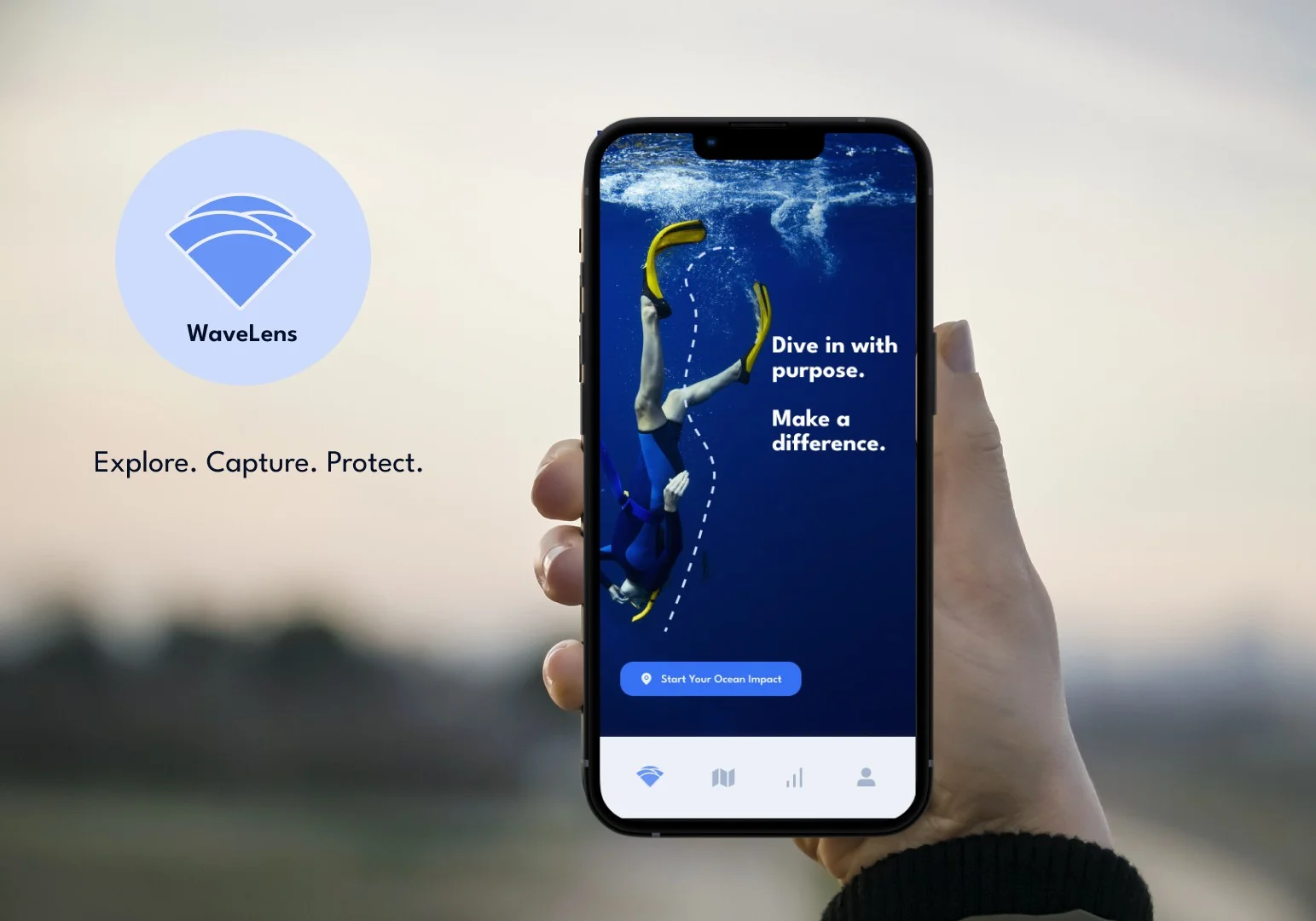
Read more about Shaping UX Through Visual Thinking: An Interview with Maomao Ding here.
ADVERTISEMENT
